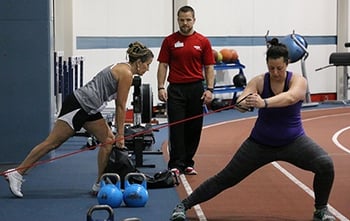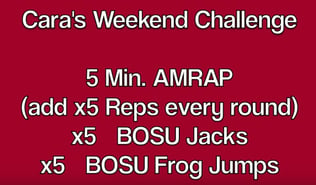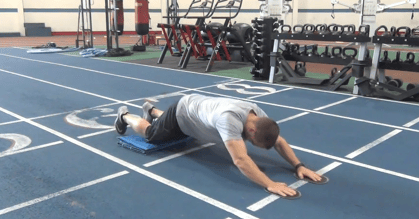 In my eight years at NIFS, one major thing I am so lucky to have is a world-class fitness facility right outside my office door. Some of the greatest fitness equipment surrounded by some of the greatest fitness minds are at my fingertips every day. I love to move, and I love to move here, but many times I need to move outside of these walls, and of course I will have to leave the awesome gear where it lies.
In my eight years at NIFS, one major thing I am so lucky to have is a world-class fitness facility right outside my office door. Some of the greatest fitness equipment surrounded by some of the greatest fitness minds are at my fingertips every day. I love to move, and I love to move here, but many times I need to move outside of these walls, and of course I will have to leave the awesome gear where it lies.
But have no fear; there are some options that can maximize results with minimal gear. My first choice is my NIFS’ fitness floor, but in this four-part series, I will highlight my favorite tools to use when you can use only one.
Favorite Portable Exercise Equipment: The Slider
Today we take a look at the innocent-looking but brutal tool the slider, also known as a Valslide. You may have seen them used to move heavy furniture. This simple and versatile tool can challenge most movement patterns as well as create balance and stability needs. With movements ranging from beginner to advanced, there is really something for everybody when using sliders. They can act as a focal point of a metabolically driven circuit, or in a core-targeting segment, as well as super-setting with a heavy strength movement.
And one of the most appealing attributes of the slider is that you can take it anywhere without taking up any space. You will find that the four implements I will be highlighting all have this in common. The other thing these have in common is that they take away your excuses for not training while you are away.
Best Slider Exercises and Workouts
Here are 10 of my favorite slider exercises and some workouts that you can try out.
VIDEO WORKOUTS:
Circuit—:40/:20—3–5 rounds
- Reverse lunges
- Burpees
- Hamstring curls
- Pushup reaches
Strength
-
A1 barbell deadlift—5x2
-
A2 slider slideouts—3x10
-
B1 DB flat bench press—3x8-10
-
B2 slider eccentric hamstring curls —3x8-10
-
C1 lat pull-downs—3x8
-
C2 slider lateral lunges—3x8

There are far more movements and ways to use the versatile slider. For more ideas, flag down a NIFS instructor and they will be happy to help. Until next time when I cover the superband, add a few of these movements into your workout and start reaping the benefits of this simple tool.
This blog was written by Tony Maloney, ACSM Certified Exercise Physiologist and Fitness Center Manager. To find out more about the NIFS bloggers, click here.


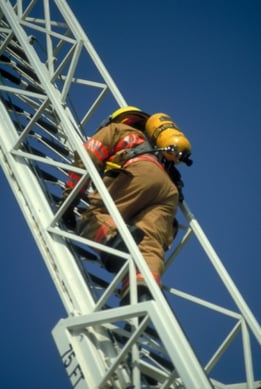 For just shy of a year now, NIFS has had the honor and privilege of assisting in the training of the
For just shy of a year now, NIFS has had the honor and privilege of assisting in the training of the 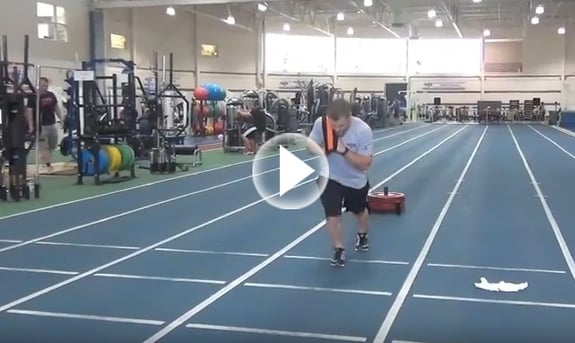
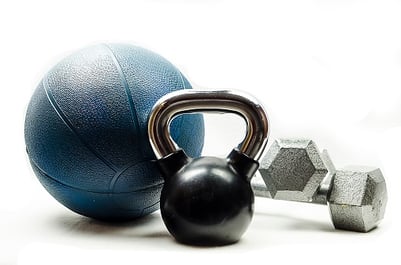 What would life be without mistakes? It would be pretty boring, if you ask me. Making mistakes is the best way to learn. One mistake that most people have made is arriving at the gym and thinking, “What am I going to do here today?” I know I have done this plenty of times. When this happens, your motivation for your workout might decrease because you may just end up picking something that doesn’t really light a fire under you.
What would life be without mistakes? It would be pretty boring, if you ask me. Making mistakes is the best way to learn. One mistake that most people have made is arriving at the gym and thinking, “What am I going to do here today?” I know I have done this plenty of times. When this happens, your motivation for your workout might decrease because you may just end up picking something that doesn’t really light a fire under you.  For many triathlon participants, the swim is the most difficult discipline. Open-water swimming is different than following the black line on the bottom of a pool. Here are some tips to help the swim portion of the race go more smoothly.
For many triathlon participants, the swim is the most difficult discipline. Open-water swimming is different than following the black line on the bottom of a pool. Here are some tips to help the swim portion of the race go more smoothly.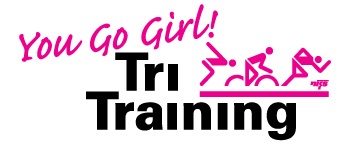
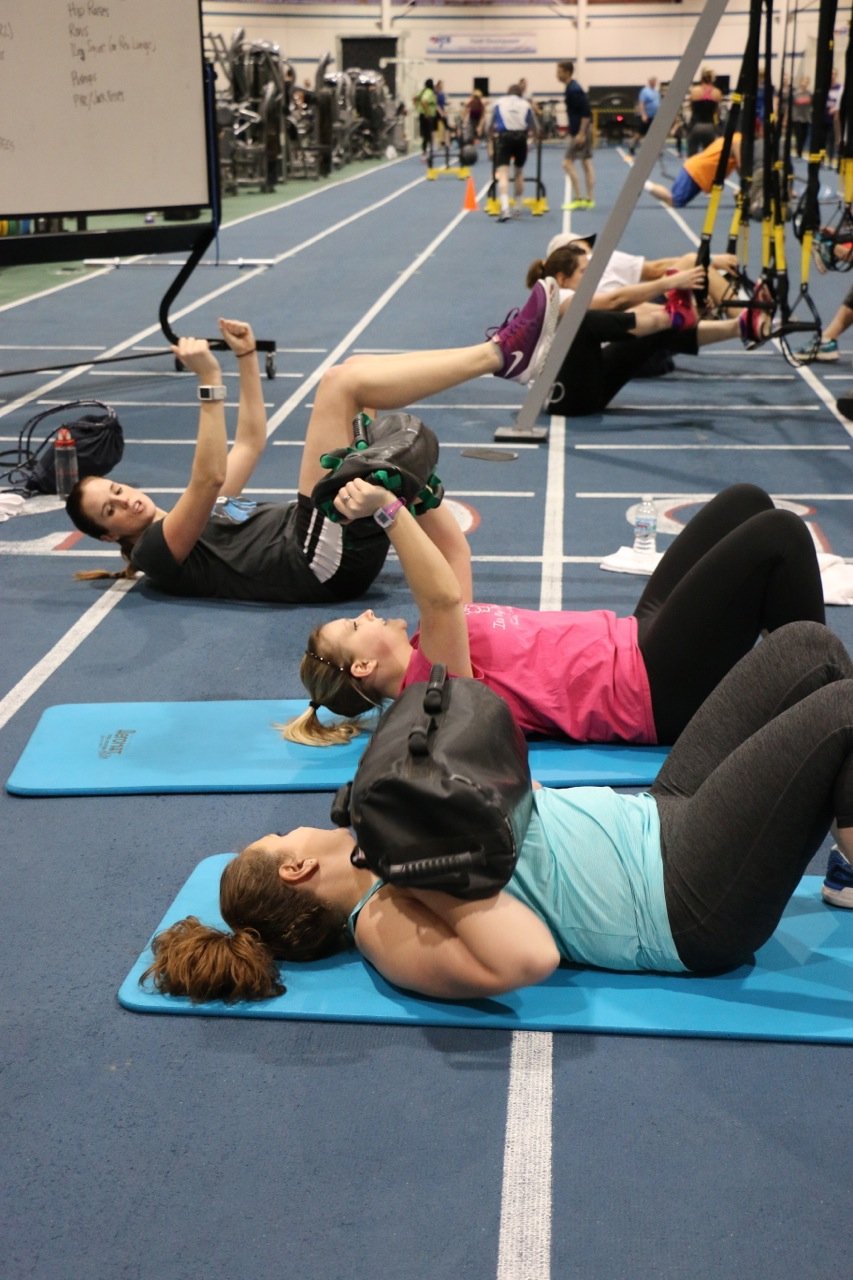 To begin, let us visualize a scenario: the sound of weights moving; bodies exercising yet moving in unconventional patterns; and grunts and groans from fitness enthusiasts, gurus, and wannabes alike. The setting is unlike any you have experienced, because there are hundreds of people, exactly like you, motivated to not only learn about fitness and new exercises, but also driven to get better (both physically and mentally) from a personal standpoint.
To begin, let us visualize a scenario: the sound of weights moving; bodies exercising yet moving in unconventional patterns; and grunts and groans from fitness enthusiasts, gurus, and wannabes alike. The setting is unlike any you have experienced, because there are hundreds of people, exactly like you, motivated to not only learn about fitness and new exercises, but also driven to get better (both physically and mentally) from a personal standpoint. 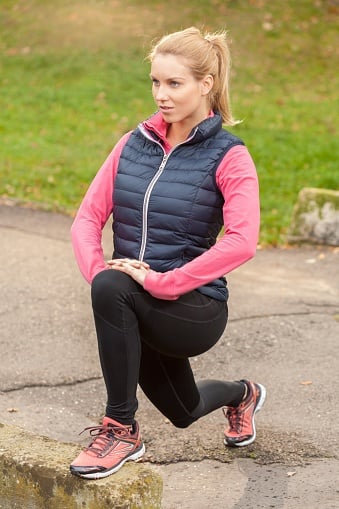 Have you ever gone into the gym and jumped right into your workout, only to notice that it took a good 20 minutes to get into it? Or how about heading out for a run without any form of warming up, and you really don’t start to feel into your rhythm until halfway through?
Have you ever gone into the gym and jumped right into your workout, only to notice that it took a good 20 minutes to get into it? Or how about heading out for a run without any form of warming up, and you really don’t start to feel into your rhythm until halfway through? 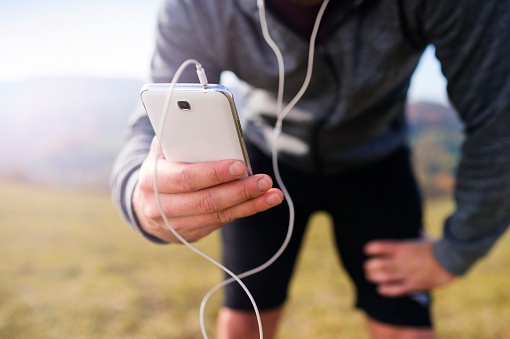 Salutations, NIFS friends. Picture yourself running across the finish line or standing on the winner’s podium at a major marathon event, scoring a touchdown in the Super Bowl, or even finishing up your final set of EZ Bar preacher curls. (Wait, what was that?) Now that you are wondering what I am getting to here, I must say that all three of those events have something in common, and that is the accompaniment of music.
Salutations, NIFS friends. Picture yourself running across the finish line or standing on the winner’s podium at a major marathon event, scoring a touchdown in the Super Bowl, or even finishing up your final set of EZ Bar preacher curls. (Wait, what was that?) Now that you are wondering what I am getting to here, I must say that all three of those events have something in common, and that is the accompaniment of music.  Unfortunately many people are not fully aware of the danger of carrying excess body fat around their waistlines. Most of us know that in order to get those beach-body abs we all long for, we have to first lose the excess abdominal fat. This is almost everybody’s only motivation for trying to lose belly fat. However, there are deeper and more serious disease prevention reasons to address excess fat in this area.
Unfortunately many people are not fully aware of the danger of carrying excess body fat around their waistlines. Most of us know that in order to get those beach-body abs we all long for, we have to first lose the excess abdominal fat. This is almost everybody’s only motivation for trying to lose belly fat. However, there are deeper and more serious disease prevention reasons to address excess fat in this area. 
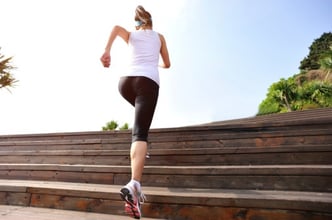 This is a pretty common question that comes to mind for me. I work out 6 days a week, but still that mild ascent up four flights of stairs to the copy room seems to get me every time.
This is a pretty common question that comes to mind for me. I work out 6 days a week, but still that mild ascent up four flights of stairs to the copy room seems to get me every time. 